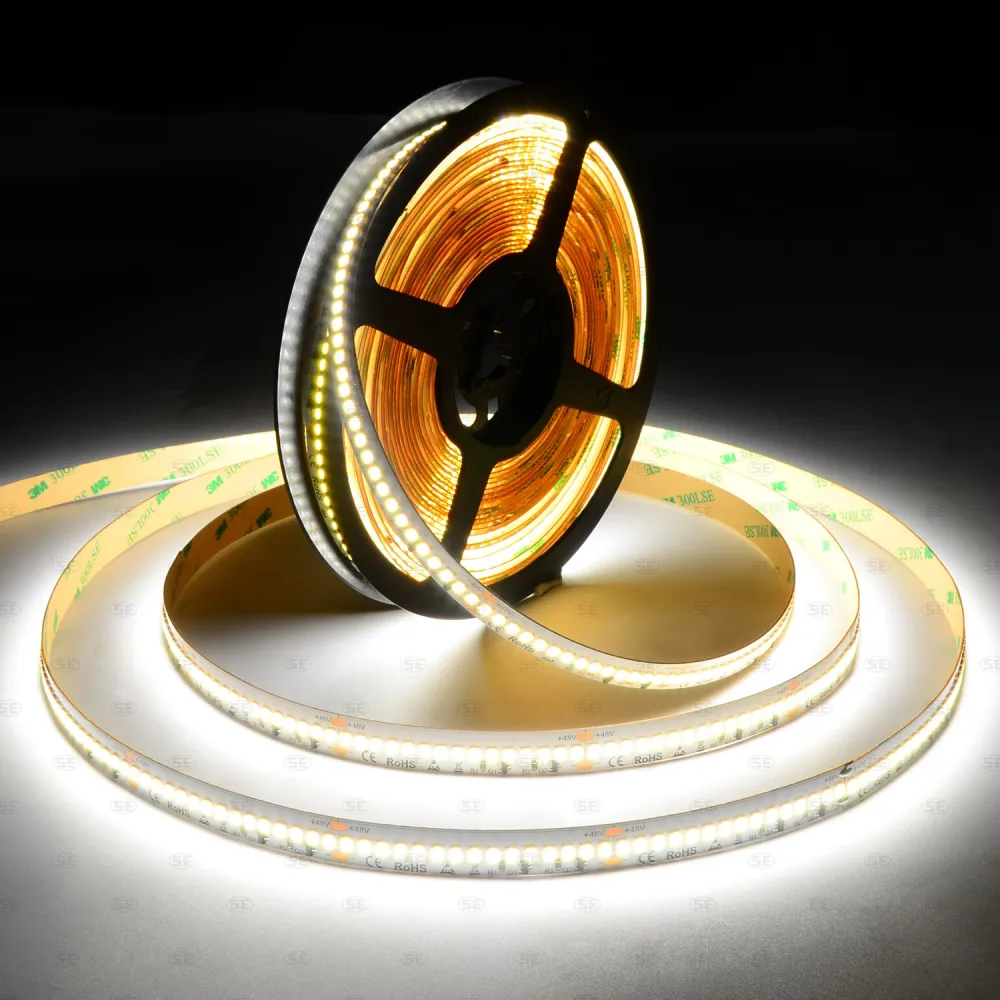Inside the World of LED Strip Lights and Modules: From Factory to Application
LED lighting has become a staple in modern illumination, offering versatile solutions that range from decorative accents to industrial lighting. Among the various options, LED strip lights and LED modules stand out for their adaptability and efficiency. To truly appreciate these lighting products, it helps to understand how they are made, what sets them apart, and where they are best applied.
Introduction to LED Lighting Technology
LED, or Light Emitting Diode, technology has evolved rapidly over recent years. Unlike traditional bulbs, LEDs offer longer lifespans, lower energy consumption, and greater design flexibility. LED strip lights and modules represent two common forms of LED lighting, each designed for specific functions and environments.
LED strip lights are flexible circuit boards embedded with multiple small LED lights, typically used for continuous lighting along surfaces. LED modules, on the other hand, are more rigid units, often used where focused or patterned lighting is needed.
Understanding LED Strip Lights: Factory Production and Quality Factors
When considering LED strip lights, it’s useful to peek behind the scenes at the led strip lights factory where they’re produced. In a dedicated factory setting, raw materials like LEDs, flexible circuit boards, resistors, and adhesives come together through precise manufacturing processes.
The process usually begins with designing the strip layout and selecting suitable LED chips. These are mounted on flexible printed circuit boards that allow the strip to bend around corners or fit tight spaces. After assembly, strips undergo testing for brightness, color consistency, and electrical safety.
Quality in LED strip lights depends on factors like the type of LEDs used (SMD, COB, etc.), the density of LEDs per meter, the flexibility of the substrate, and water resistance ratings. A well-made LED strip should balance brightness with energy efficiency while remaining durable enough for its intended environment.
Exploring LED Modules: Design and Manufacturing Insights
LED modules serve a different role compared to strip lights. Manufactured with a focus on uniform illumination and ease of installation, LED modules are typically rigid and enclosed in protective casings.
The manufacturing process starts with assembling the LED chips onto a printed circuit board, often designed for specific shapes or arrays. These modules may include lenses or diffusers to direct light evenly or soften it.
Durability and heat management are crucial considerations here. LED modules are often built with aluminum backplates to dissipate heat and maintain performance over time. In fact, choosing a reliable led module manufacturer can greatly impact the quality and longevity of the final product. Manufacturing standards ensure these modules can operate reliably in diverse settings, from signage to backlighting.
Materials and Components in LED Lighting Manufacturing
Whether it’s strip lights or modules, the core components largely define the product’s effectiveness. High-quality LEDs ensure consistent color and brightness, while the circuit boards must be designed to handle heat and electrical loads safely.
Other components like resistors regulate current flow to prevent damage, and adhesives or coatings protect the electronics from moisture and dust. In manufacturing, quality control is essential; each batch undergoes inspections and testing to maintain product reliability.
Applications and Installation of LED Strip Lights and Modules
The versatility of LED strip lights makes them popular in a wide array of settings. They’re often used for accent lighting under cabinets, cove lighting in ceilings, or even in vehicles for interior illumination. Their flexibility means they can contour to unusual shapes and tight spaces, making them ideal for creative lighting designs.
LED modules find their place in applications requiring focused or uniform light, such as channel letters, backlit signs, or outdoor architectural lighting. Their robust construction and heat management features allow them to perform well in both indoor and outdoor environments.
Installation for both products varies by use. Strip lights often come with adhesive backing for easy mounting, but may require connectors or controllers for power and color management. Modules typically involve mounting brackets or screws and direct wiring to power supplies.
Trends and Innovations in LED Lighting Manufacturing
The LED lighting industry is constantly evolving. Recent innovations include higher efficiency LED chips, smarter control systems, and eco-friendly manufacturing processes that reduce waste and energy consumption.
In factories, automation and precision assembly help improve consistency and reduce costs. There’s also a growing focus on sustainability, with manufacturers adopting recyclable materials and minimizing hazardous substances.
Conclusion:
Choosing between LED strip lights and LED modules often depends on understanding their manufacturing qualities and intended uses. The expertise of the factory behind these products directly impacts their longevity, performance, and suitability for different projects.
A well-manufactured LED lighting product ensures not only visual appeal but also energy efficiency and durability. Recognizing the differences in production processes can help users make informed decisions that match their lighting needs.






